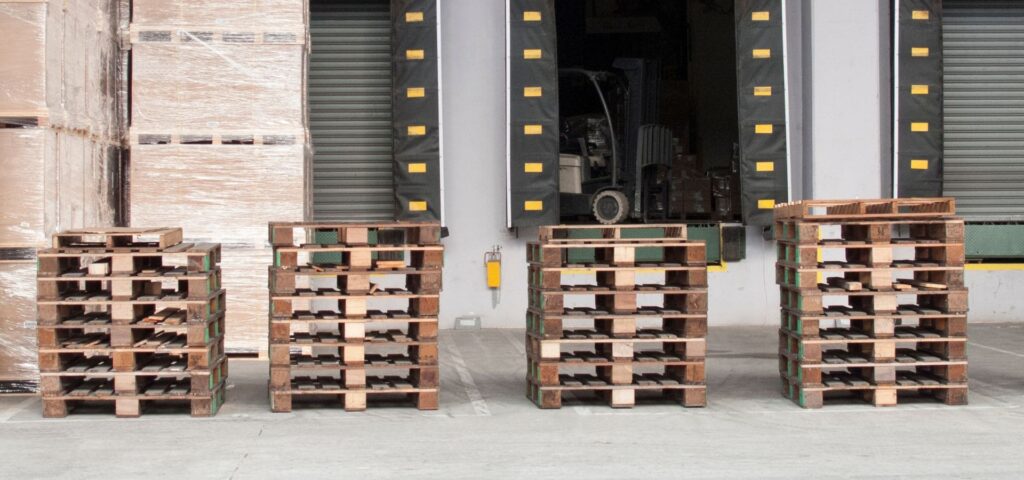
Image by matchefoto from Getty Images on Canva
Warehouse receiving is the initial touchpoint of your supply chain, where raw materials or finished products arrive at your facility. It’s a complex process that, when executed effectively, can have a ripple effect on your entire operation. Let’s dive deeper into the significance of efficient warehouse receiving.
Streamlining the Supply Chain: Efficient warehouse receiving is the cornerstone of a streamlined supply chain. When goods flow seamlessly into your facility, it paves the way for smooth production and distribution processes.
Minimizing Holding Costs: Holding costs can eat into your profit margins. An optimized receiving process reduces the time products spend in your warehouse, minimizing storage costs.
Enhancing Customer Satisfaction: Timely and accurate deliveries are essential for keeping your customers happy. Efficient warehouse receiving ensures that orders are fulfilled promptly, enhancing customer satisfaction.
Not all shipments are created equal. Prioritizing incoming shipments based on demand and urgency is essential. This ensures that critical goods are processed promptly, preventing delays in production or order fulfillment.
Cross-docking is a strategy where received goods are immediately transferred to outbound shipping without being stored in the warehouse. This reduces storage costs, minimizes handling, and gets products to customers faster. Implementing efficient cross-docking processes can significantly streamline warehouse operations.
Integration with real-time data systems is crucial for efficient warehouse receiving. Having up-to-the-minute information on inventory levels, order statuses, and delivery schedules helps in making informed decisions and managing resources effectively. Modern Warehouse Management Software (WMS) plays a vital role in achieving this.
Implement stringent quality control measures during the receiving process. This involves inspecting goods for damages, verifying quantities, and checking for compliance with quality standards. By catching and addressing issues at the receiving stage, you can prevent defective products from entering your supply chain and avoid costly problems downstream.
Optimize the unloading and sorting process. Design your receiving area and workflow to minimize congestion and bottlenecks. Efficiently organizing received items can save time and reduce the risk of errors.
Establish clear communication and compliance standards with your suppliers. Ensure that they understand your receiving requirements, including labeling, packaging, and documentation. This reduces errors and discrepancies, making the receiving process smoother.
Develop a systematic approach to handling returned products. Efficiently processing returns is essential for maintaining customer trust and recovering value from returned items. Having a well-defined returns management process can save time and resources.
Invest in training and development for your receiving team. Equip them with the skills and knowledge required to handle various types of products, including specialized items like hazardous materials or perishables. Training should also cover safety protocols and compliance regulations to ensure a safe working environment.
Regularly review and analyze your warehouse receiving processes. Identify areas for improvement and implement changes as needed. Embrace a culture of continuous improvement to stay agile and responsive to changing business needs.
Maintain accurate records of all received shipments. Proper documentation helps with tracking inventory, addressing discrepancies, and ensuring compliance with regulations. It also provides a historical record for reference and auditing purposes.
Optimizing your warehouse receiving process is not just about efficiency; it’s about ensuring the smooth flow of goods through your supply chain, enhancing customer satisfaction, and staying competitive in a rapidly changing business landscape.
By implementing these best practices, you can enhance the efficiency, accuracy, and reliability of your warehouse receiving operations. This, in turn, contributes to a smoother supply chain and improved overall business performance.
Looking for a SaaS Inventory Management System? Look no further than Axacute.
Axacute is a Cloud-Based Inventory Management System that enable businesses to efficiently manage warehouse receiving processes with the inventory module.
Contact Us
Related
Related
Get started with Axacute and improve your business operations.